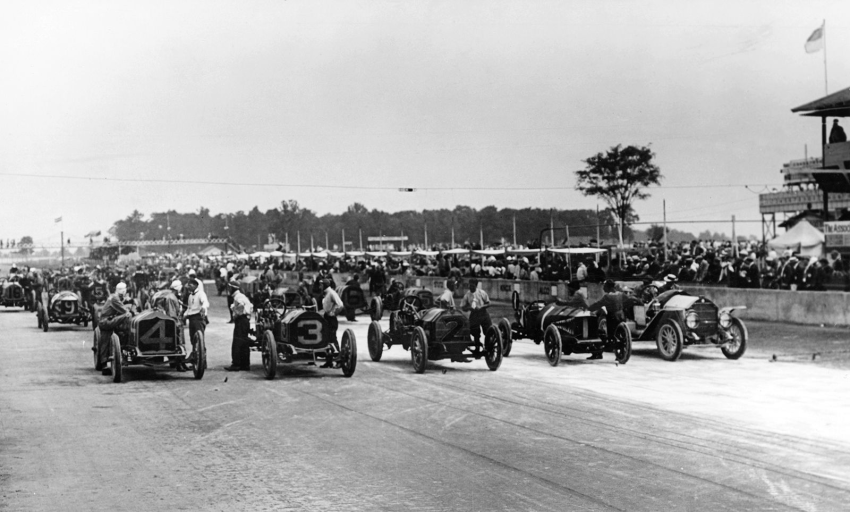The Indy 500 history is a fascinating journey through time, showcasing over a century of thrilling automotive competition. Established in 1911, this iconic race has delivered numerous Indianapolis 500 highlights, with every year contributing unforgettable stories to its rich legacy. Among these memorable moments is the groundbreaking achievement of Willy T. Ribbs, who in 1991 became the first Black driver to compete in the Indy 500, paving the way for diversity in motorsport. As we look back on the Indianapolis 500 history, we remember how each event has shaped the narrative of this prestigious race, reflecting challenges and triumphs alike. From legendary victories to dramatic crashes, the Indy 500 continues to capture the hearts of racing fans around the globe.
Exploring the illustrious narrative of the Indy 500 involves delving into the captivating chronicles of the Indianapolis 500. This esteemed motorsport event, which began in 1911, has transformed into a cultural phenomenon, marked by remarkable events and a wealth of memorable experiences. One standout moment is the participation of Willy T. Ribbs, who broke barriers as the inaugural Black driver to race in 1991, an achievement that resonates in the advancement of diversity in auto racing. The enduring legacy of this race consists of both exhilarating Indianapolis 500 highlights and poignant stories, each contributing to the fabric of racing history. As we celebrate the upcoming 109th running, the spirit of competition and the drive for excellence remain as strong as ever.
The Rich History of the Indianapolis 500
The Indianapolis 500, often referred to as the Indy 500, is one of the most prestigious and celebrated automobile races in the world. Since its inception in 1911, the race has evolved significantly, witnessing advancements in technology and changes in racing strategies. The event is part of the larger IndyCar Series, which showcases some of the fastest and most talented drivers from around the globe. Throughout its long history, the Indy 500 has become synonymous with speed, tradition, and competition, making it a key highlight of motorsport culture.
Over the years, various iconic moments have etched themselves into the annals of Indianapolis 500 history, each race bringing its own unique set of challenges and triumphs. These highlights aren’t just limited to the race itself but also encompass the stories of perseverance, innovation, and breakout performances that have shaped the legacy of the event. From historic race finishes to overcoming personal barriers, the Indy 500 has produced a wealth of memories cherished by fans and participants alike.
Frequently Asked Questions
What are some memorable moments in Indy 500 history?
Indy 500 history is rich with unforgettable moments, from dramatic finishes to groundbreaking achievements. Notable highlights include the legendary battles of the early years, the introduction of technology in racing, and unique driver stories. One of the most significant moments in this history is when Willy T. Ribbs became the first Black driver to participate in the race in 1991, marking a milestone for diversity in motorsports.
Who was the first Black driver in Indy 500 history?
Willy T. Ribbs made history as the first Black driver to compete in the Indianapolis 500 during the 1991 race. Despite challenges, including engine failures throughout the weeks leading up to the event, Ribbs’ participation was a pivotal moment in both Indy 500 history and the broader scope of diversity in auto racing.
What are the Indianapolis 500 highlights from the 1991 race?
The 1991 Indianapolis 500 is particularly remembered for Willy T. Ribbs’ historic entry as the first Black driver, despite facing mechanical issues that led to a 32nd place finish. This race also featured the competitive spirit of other contenders and notable driving performances that are commemorated in Indianapolis 500 history.
Why is Willy T. Ribbs significant in Indy 500 history?
Willy T. Ribbs holds a significant place in Indy 500 history as the first Black driver to compete in the race in 1991. His journey to the Indy 500, overcoming obstacles such as multiple engine failures and a lack of representation in motorsports, has inspired many and underscored the importance of diversity in racing.
How did the Indy 500 evolve over its history?
The Indianapolis 500, since its inception in 1911, has evolved significantly, introducing technological advances, safety improvements, and changes in race formats. Over the years, the event has seen numerous memorable moments, like Willy T. Ribbs making history in 1991, showcasing both the competitive nature and transformative cultural milestones that define its legacy.
What milestone events define Indy 500 history?
Milestone events in Indy 500 history include the first race in 1911, the introduction of the rear-engine car in the 1960s, and the historical entry of Willy T. Ribbs as the first Black driver in 1991, which paved the way for inclusive representation in racing. Each of these moments adds to the rich tapestry that is the Indianapolis 500’s legacy.
| Moment Number | Event | Significance | Year |
|---|---|---|---|
| 16 | Willy T. Ribbs becomes first Black driver in race | First Black driver to compete in the Indy 500 | 1991 |
Summary
The history of the Indy 500 is a rich tapestry woven through over a century of remarkable events, and memorable moments like Willy T. Ribbs making history as the first Black driver in the race in 1991 highlight the ongoing evolution of this iconic event. With celebrations of diversity and competition, the Indy 500 continues to capture the hearts of fans globally, making its history not just about the speed and the race, but also about triumph, determination, and breaking barriers.
